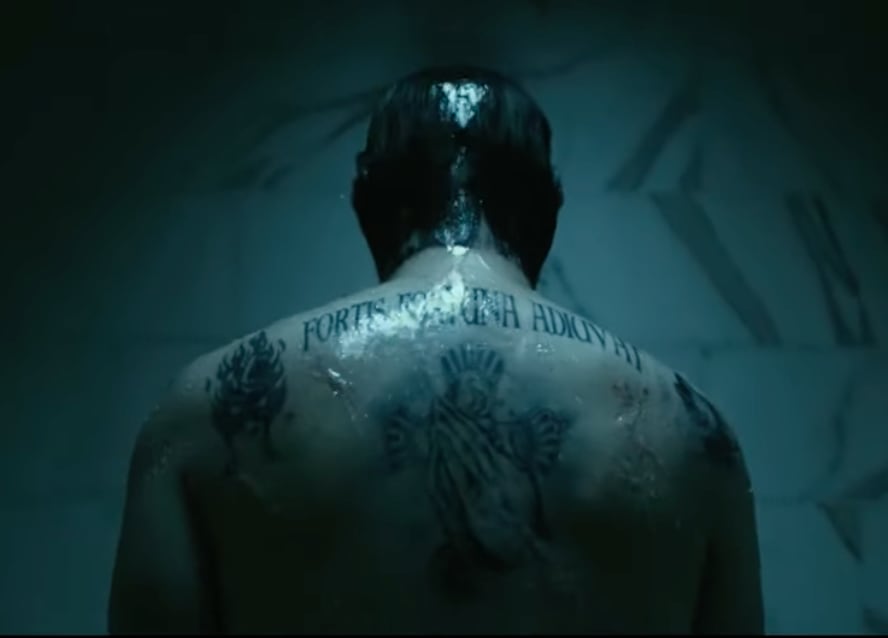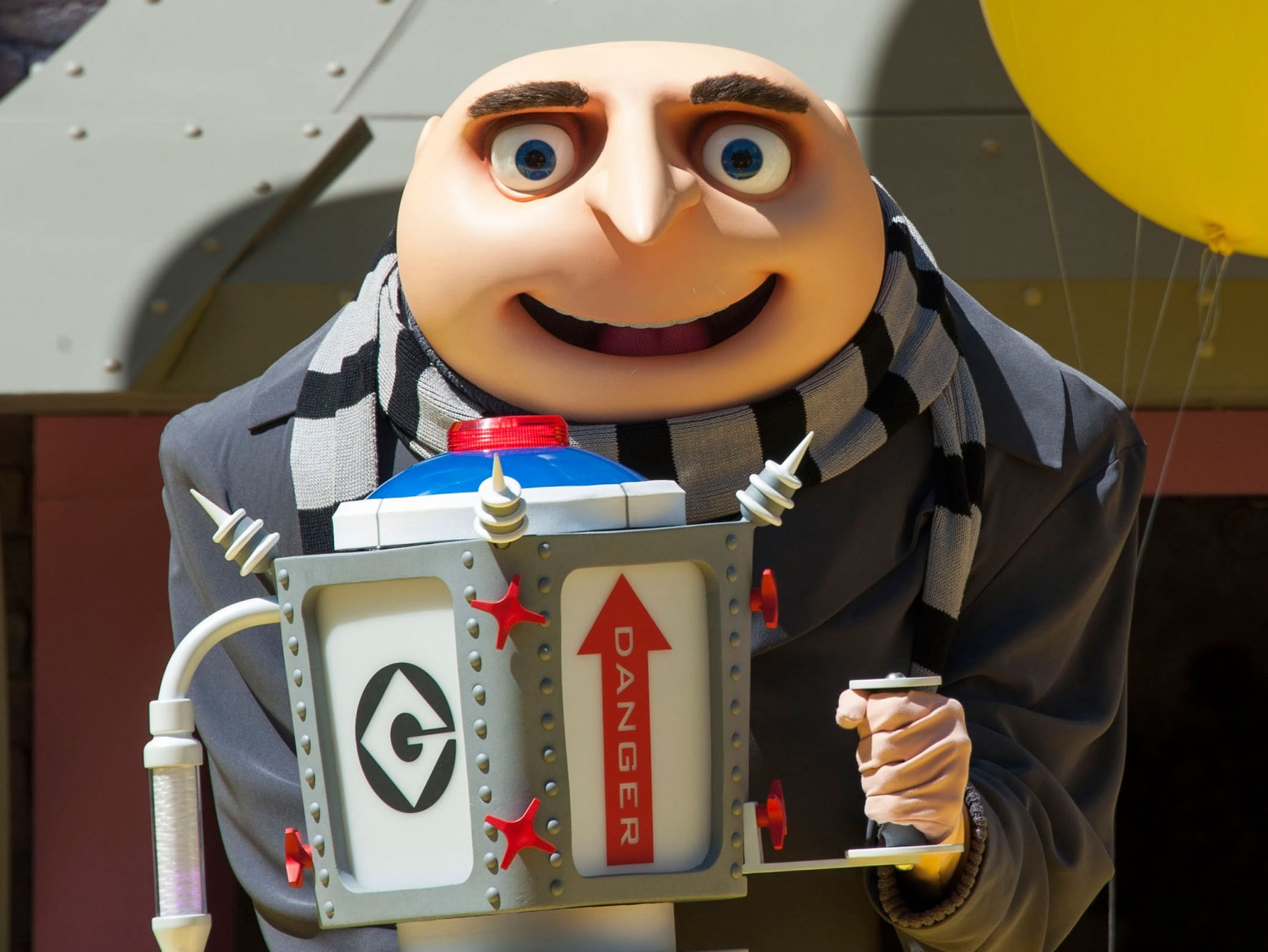What started as a one-off film a decade ago has swelled to a quartet of movies featuring some of the most brutal and beautifully choreographed scenes of violence in the history the action genre.
As “John Wick: Chapter 4″ premieres, it brings with it the gut punch realization of both a conclusion to a story and a new beginning in the John Wick universe — in addition, of course, to the literal thousands of punches distributed to the abdomens of foes by the titular hero, John Wick (Keanu Reeves).
“I think if you look at it more as a mythological tale, like you read the ‘Iliad,’ then it becomes fun, because now it’s just an adventure,” director Chad Stahelski told Military Times. “On this one, we just wanted to improve the storytelling of it all, meaning we wanted to bring in more characters and see our world from different perspectives.”
RELATED

The fourth film in the series begins right where “John Wick: Chapter 3 – Parabellum” ends, with Wick ready to bring his war against the High Table to its conclusion. This time, the adventure takes Wick, clad in his finest suit to date, on a journey far beyond the confines of New York’s Continental Hotel to destinations in Japan, Germany, and ultimately, Paris.
In doing so, the John Wick universe expands beyond what was ever explored in the previous three chapters. The inclusion of the Osaka Continental breathes life into the possibility of spin-offs by introducing Koji Shimazu (Hiroyuki Sanada) and his daughter-turned-concierge Akira (Rina Sawayama). Then there’s Mr. Nobody (Shamier Anderson), an unexpectedly lethal tracker who travels with a murderous German shepherd.
Allies like Winston Scott (Ian McShane), Charon (the late Lance Reddick), and the Bowery King (Laurence Fishburne) have also returned, but their roles seem somewhat secondary to the introduction of these newer players.
Still, the breakout star of the film is none other than Caine (Donnie Yen), a blind, sword-wielding assassin who’s been enlisted by the High Table’s Marquis Vincent de Gramont (Bill Skarsgård) to put an end to Wick’s tirade. It is implied that, like Shimazu, Caine and Wick have a long history of friendship — at least to the extent trained killers can develop a bond.
Fight scenes throughout the film are only enriched by the dynamic relationships underscoring them. While there is, of course, plenty of gratuitous gung fu deployed on nameless hordes hell-bent on collecting the bounty on Wick’s head, it’s the dialogue-laden, near-deadly dalliances with once-close colleagues that comprise the most compelling scenes.
“It’s hard to make a movie about the way of dying and consequence without actually showing consequences,” Stahelski said. “I hope we did it with expanding the storytelling ability of it all.”
The crux of the combat occurs in the race to Sacré-Cœur, where Wick, armed with a single pistol, must duel to the death at dawn for his freedom. Arriving there before the sun rises proves to be his greatest challenge, one that makes for some of the most breathtaking stuntwork to ever play out on the silver screen.
As Wick begins moving toward the church, scores of simpleton assassins launch into pursuit as a breathy French disc-jockey provides sensual commentary and hints about his whereabouts. Throughout, the fight scenes are punctuated by an on-the-nose soundtrack that, while rather corny, works to perfection.
Wick eventually reaches the Arc de Triomphe, where, in a mesmerizing scene of chaos, he continues to fight hundreds of henchmen in the landmark’s crowded traffic circle.
“No one’s really done a multiple-person fight scene in a roundabout with 200 cars,” Stahelski said. “Now you’re not just fighting the person, you’re fighting the environment as well. What’s funner than moving cars?”
The answer to that question is evidently stairs.
Leading up to the final showdown at Sacré-Cœur, Wick must summit a mountain of stairs in one of the more fun scenes from all four of the franchise’s chapters. Picture Rocky Balboa meets Jackie Chan.
“I’m a big fan of silent films,” Stahelski noted. “If you watch some of the things that Buster Keaton and Harold Lloyd [did] back then — that’s where we started with his concept. What would Buster Keaton do? Well, he’d run up 1,000 steps just to fall down. That’s the gag.”
And so does Wick, at least until Caine, who is selected by the Marquis to carry out the duel in his stead, comes to his aid.
It’s vital for Caine that Wick make it up those stairs. Ultimately, one of them will be released from the shackles of the High Table. The other will be dead come morning. But as old friends, they seem at peace with this. It’s just business — and that’s the real gut punch.
As the sun rises over Paris, it sets on the fourth installment of John Wick. And although there is a sense of finality at the end, there is also a spark of opportunity to build out the world of John Wick with a new generation of characters.
As the hitman’s tattoo says, “Fortis Fortuna Adiuvat,” or, fortune favors the bold. The producers of John Wick certainly know how to capitalize on bold filmmaking.
“John Wick: Chapter 4″ hits theaters on March 24.
Sarah Sicard is a Senior Editor with Military Times. She previously served as the Digitial Editor of Military Times and the Army Times Editor. Other work can be found at National Defense Magazine, Task & Purpose, and Defense News.
In Other News














